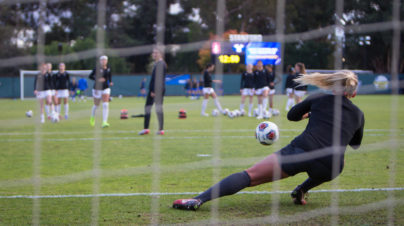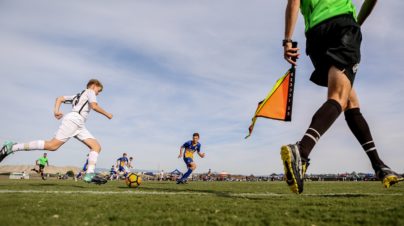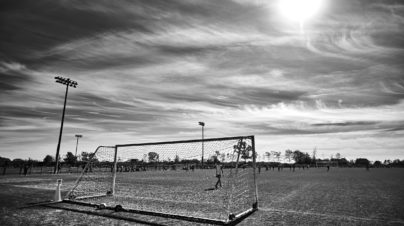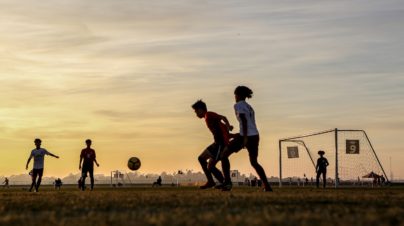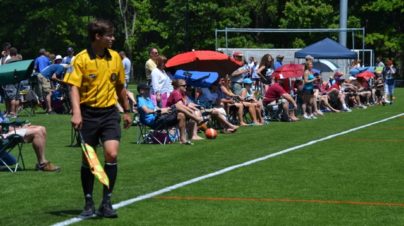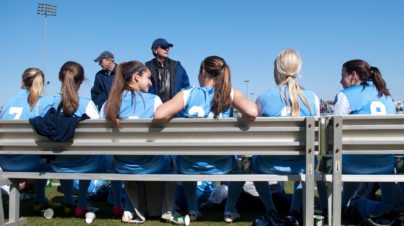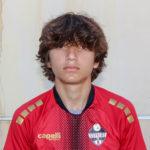As States Return to Play, Don’t Forget These 4 Safety Essentials
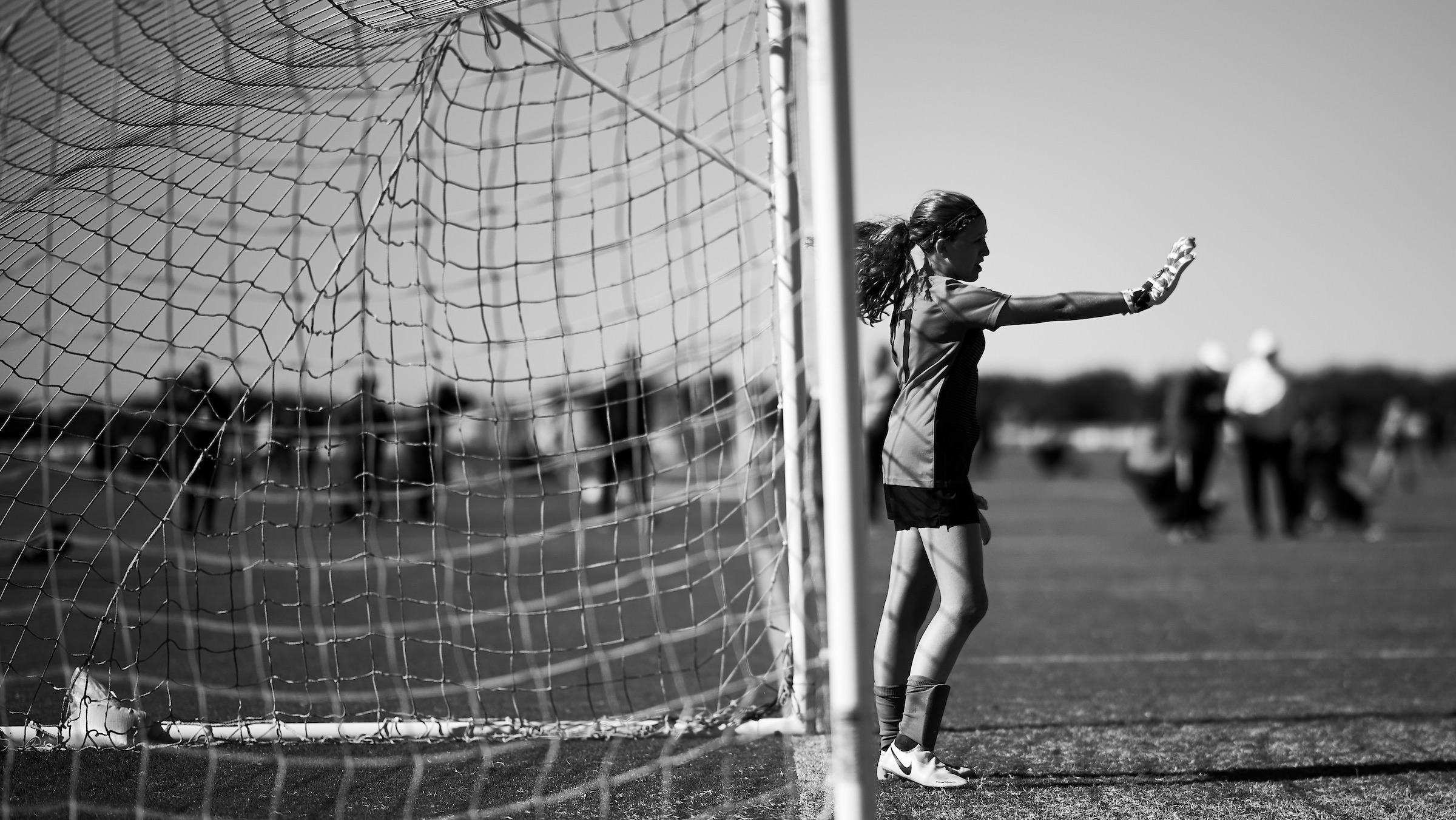
By Sean Jensen
Freelance Journalist at SportsEngine Inc.
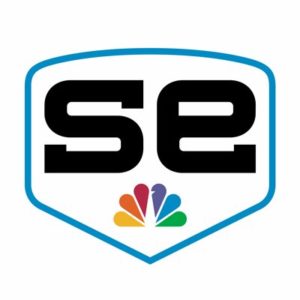 SportsEngine, Inc., an NBC Sports Group company, is the leading provider of Sport Relationship Management (SRM) software, empowering athletes, parents, coaches, and sports organization administrators with tools and services to manage their organizations and sports lives.
SportsEngine, Inc., an NBC Sports Group company, is the leading provider of Sport Relationship Management (SRM) software, empowering athletes, parents, coaches, and sports organization administrators with tools and services to manage their organizations and sports lives.
———
Throughout the United States, as activities and businesses re-open, people are adjusting to new expectations and habits as the global health crisis due to COVID-19 continues.
It seemingly feels like going from zero to 60 miles per hour, after many grew accustomed to sheltering in place.
But in the midst of busy-ness, it’s essential that parents, coaches, and youth sports administrators are mindful of best safety practices to protect student-athletes.
“I think our league administrators have had so much on their minds, around this new space, we’re all trying to figure it out,” says Trish Sylvia, the co-founder of the National Center for Safety Initiatives, which provides background screenings endorsed by the National Council of Youth Sports.
“Sometimes, when we have a lot going on, things get put on the back-burner. It’s a great reminder to go back to the basics, but make sure those things that were so important before — like background checks — are not missed during this time.”
Here are four safety tips to be mindful of:
Social Distancing
This is universally acknowledged as a key to limiting the spread of COVID-19, and the Centers for Disease Control and Prevention recommends everyone stay at least six feet apart and discourages physical contact such as high-fives, handshakes, hugs, and even fist-bumps. Athletes also should not share drinks or snacks. Coaches are key in setting that example and constantly reminding athletes — especially the younger ones — the importance of maintaining distance during all activities. This, of course, is vastly different, depending on the sport. But because COVID-19 spreads so quickly and easily, being vigilant about social distancing enables teams and organizations to do something rather than nothing. Something else to consider, if possible, is for parents to drive their child to each activity, as carpools are far riskier right now. Lastly, anyone who even mildly feels sick should remain at home; it’s better to be safe than sorry!
PPE
Everyone should have Personal Protective Equipment (PPE) to minimize exposure to airborne illnesses, according to the CDC. Again, whether an athlete needs to wear a face-covering during a practice or game depends on the sport, organization, community, and state. But the CDC insists that the face coverings are not intended to just protect the wearer but anyone they may come in contact with. Similarly, now more than ever, it’s important to properly wash hands regularly (for at least 20 seconds) and avoid touching once nose, mouth or eyes. Equipment should be wiped down with a disinfectant after each practice or game. If water and soap aren’t available, regularly use hand sanitizer that contains at least 60 percent alcohol.
Coach Background Checks
So much has changed in the last few months. But Sylvia says background checks should still be — and always should be — a priority. “Among all the best practices, the most essential is to make sure every coach has gone through a screening.” The leaders of sports organizations are scrambling to understand local and national guidelines, and their time is probably stretched a lot these days. But paying attention to background screenings and sticking to the process should be non-negotiable.
Abuse Prevention Awareness
Completing the required abuse prevention and awareness training is another safety essential that cannot be overlooked as leagues prepare for their seasons. As required by the Safe Sport Act, all coaches and volunteers that interact with youth must complete this training. Moreover, parents need to stay vigilant and aware of how their athletes are interacting with coaches. Early in the pandemic, coaches turned to online or virtual training sessions to stay connected with their athletes. “We must continue to be aware and remember that people are coming into contact again, and making sure we’re doing that the right way,” Sylvia says. She adds that parents should continue to get copied on email correspondence from coach to player and that they are around all one-on-one interactions between a coach and athlete. “It’s a time like no other,” Sylvia says. “It’s hard enough when we have the formula, and we know what to do. But there’s not (right now). We don’t know everything about the circumstances that have been created by COVID. We don’t know all the right ways and the right timing, and it changes from community to community.” The bottom line, don’t let the focus on returning to play take your attention away from the essential elements of athlete safety.
During this unprecedented time, it’s also important to remind coaches that the focus of practices and games should be less on the results and more on experiences and emotions for young athletes. A recent survey by the NCAA of 37,000 student-athletes showed that 43 percent were concerned about COVID-19, 40 percent lacked motivation, 21 percent felt stress or anxiety and 13 percent were sad or depressed.
These are unchartered times, and more adjustments and changes may still come. But the key, above all else, is the short-term and long-term safety of young athletes.
———
Sean Jensen
Freelance Journalist at SportsEngine Inc.
 Sean Jensen was born in South Korea, but he was raised in California, Massachusetts and Virginia, mostly on or near military bases. Given his unique background, he’s always been drawn to storytelling, a skill he developed at Northwestern University and crafted for 16 years, almost exclusively covering the NFL. He’s now an inspirational speaker and author of The Middle School Rules, a book series that tells the defining moments of professional athletes.
Sean Jensen was born in South Korea, but he was raised in California, Massachusetts and Virginia, mostly on or near military bases. Given his unique background, he’s always been drawn to storytelling, a skill he developed at Northwestern University and crafted for 16 years, almost exclusively covering the NFL. He’s now an inspirational speaker and author of The Middle School Rules, a book series that tells the defining moments of professional athletes.
SOCCERWIRE MARKETPLACE
- Wanted Licensed Youth Soccer Coach
- Join Official Elite Summer Soccer Camps with Europe’s Top Pro Clubs!
- The St. James FC Travel Staff Coach - North (Loudoun) & South (Fairfax)
- The St. James FC Girls Academy (GA) Head Coach - 2 teams
- The St James FC Boys Travel Tryouts
- OFFICIAL BAYERN MUNICH SUMMER CAMPS U.S.
- JOIN THE ALLIANCE!
- OFFICIAL FC BARCELONA CAMPS U.S.
- The Cup San Diego - Hosted by Legends FC
- Players Wanted - Undergraduate or Post-graduate

